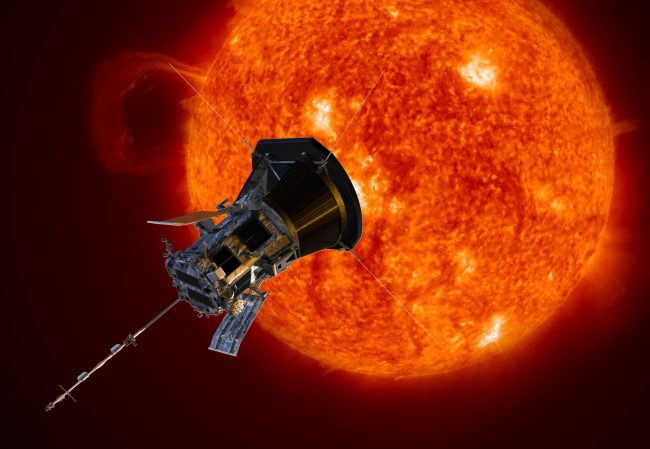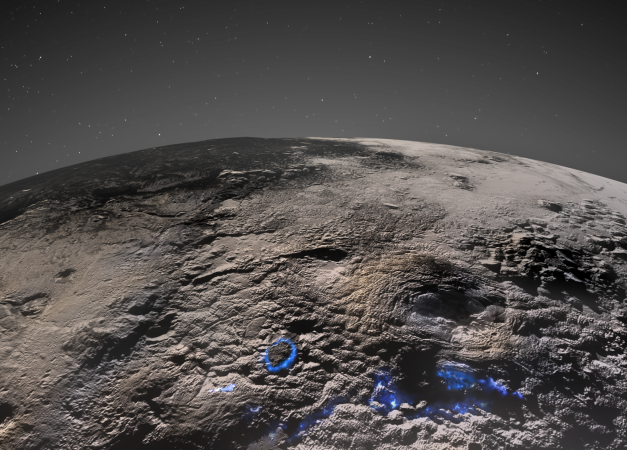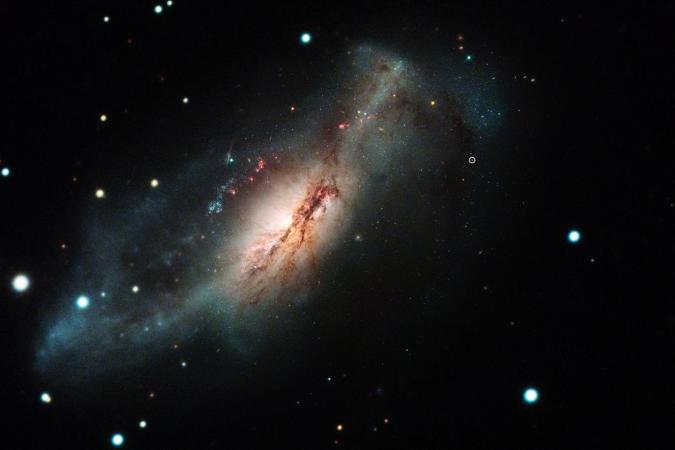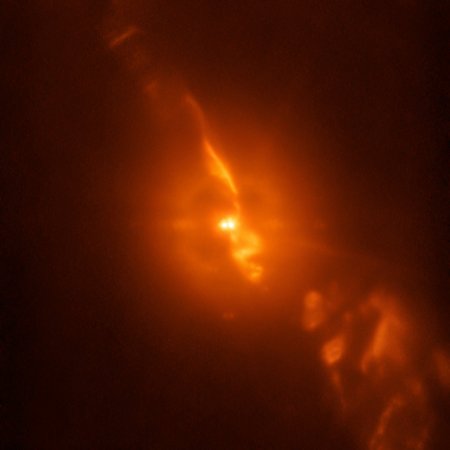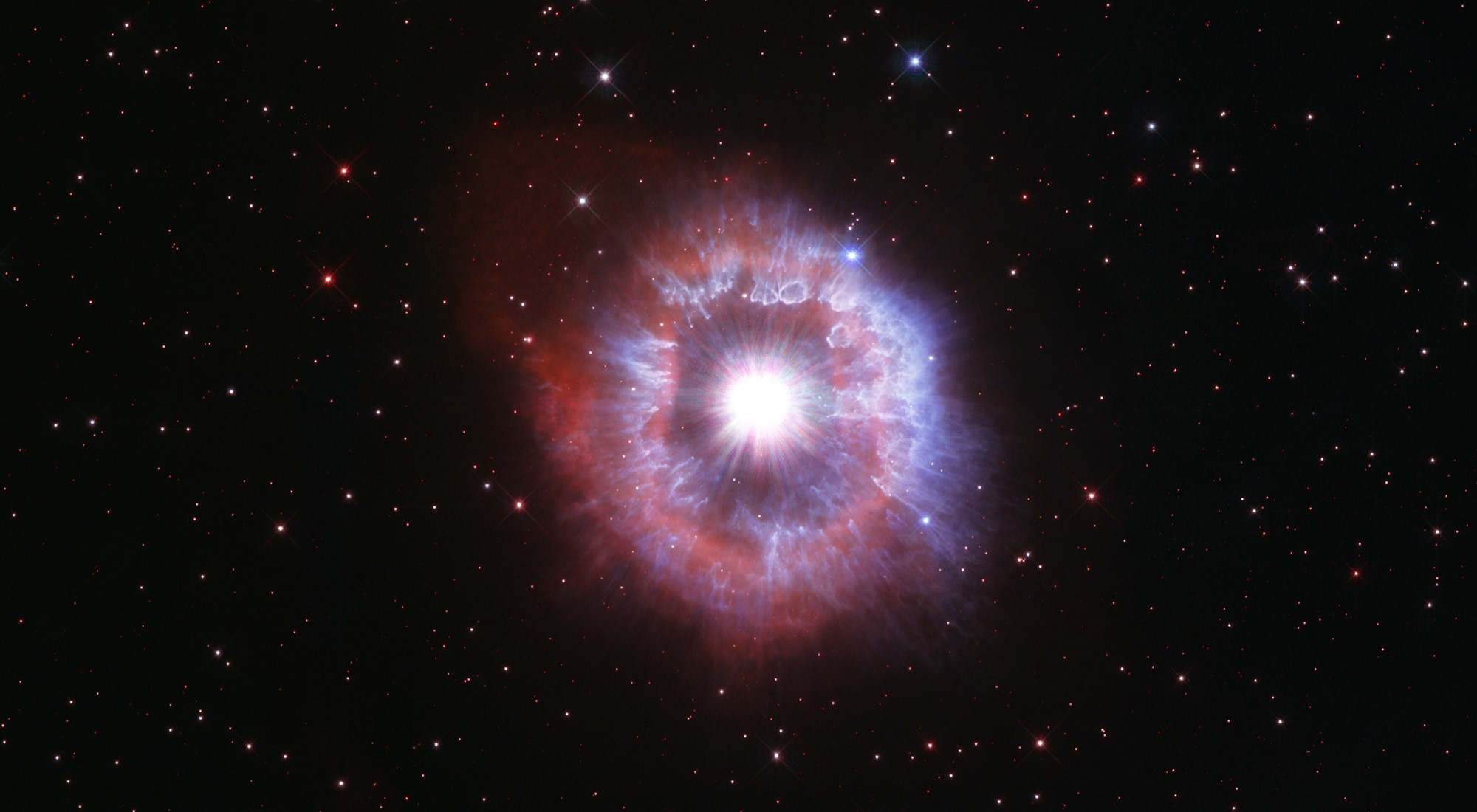

On a clear, moonless night, you might be able to see thousands of stars sparkling like jewels above. But a keen eye will notice that they don’t all look alike. Some glow brighter than others, and some display warm red hues.
Astronomers have identified several different types of stars in the universe, as diverse as small brown dwarfs and red supergiants. Stars in the prime of their lives, known as main sequence stars, are typically classified by how hot they are. Since most star temperatures can’t be directly measured, explains Natalie Gosnell, an assistant professor in physics at Colorado College, astronomers need to look at another signal: temperature. This is largely inferred by the color of the light a star emits, which is reflected in many names given to star types.
Each category, however, is connected. A star moves through various designations throughout its lifetime, an evolution shaped by its original mass and the reactions that occur within the roiling stellar body.
In the beginning…
All stars form from a cloud of dust and gas when turbulence pushes enough of that material together, pressed into one body by gravity. As that clump collapses in on itself, it starts to spin. The material in the middle heats up, forming a dense core known as a protostar. Gravity draws even more material toward the developing star as it spins, making it bigger and bigger. Some of that stuff may eventually form planets, asteroids, and comets in orbit around the new star.
The stellar body remains in the protostar phase as long as material still collapses inward and the object can grow. This process can take hundreds of thousands of years.
The amount of mass that is gathered during that stellar formation process determines the ultimate trajectory of the star’s life—and what types of stars it will become throughout its existence.
Protostars, baby stars—and failures
As a protostar amasses more and more gas and dust, its spinning core gets hotter and hotter. Once it accumulates enough mass and reaches millions of degrees, nuclear fusion begins in the core. A star is born.
For this to occur, a protostar has to accumulate more than 0.08 times the mass of our sun. Anything less and there won’t be enough gravitational pressure on the protostar to trigger nuclear fusion.
Those failed stars are called brown dwarfs, and they remain in that state for their lifetime, progressively cooling down without nuclear fusion to help release new energy. Despite their name, brown dwarfs can be orange, red, or black due to their cool temperatures. They tend to be slightly larger than Jupiter, but are much more dense.
Protostars that do acquire enough mass to become a star sometimes go through an interim phase. During a roughly 10 million-year period, these young stars collapse under the pressure of gravity, which heats up their cores and sets off nuclear fusion.
In this stage, a star can fall into two categories: If it has a mass two times that of our sun, it is considered a T Tauri star. If it has two to eight solar masses, it’s a Herbig Ae/Be star. The most massive stars skip this early stage, because they contract too quickly.
Once a sufficiently massive star begins to undergo nuclear fusion, a balancing act begins. Gravity still exerts an inward force on the newborn star, but nuclear fusion releases outward energy. For as long as those forces balance each other out, the star exists in its main sequence stage.

Fueling main sequence stars
Main sequence stars, which can last for millions to billions of years, are the vast majority of stars in the universe—and what we can see unaided on dark, clear nights. These stars burn hydrogen gas as fuel for nuclear fusion. Under the super-hot conditions in the core of a star, colliding hydrogen fuses, generating energy. This process produces the chemical ingredients for a reaction that makes helium.
Mass dictates what type of star an object will be during the main sequence stage. The more mass a star has, the stronger the force of gravity pushing inward on the core and therefore the hotter the star gets. With more heat, there is faster fusion and that generates more outward pressure against the inward gravitational force. That makes the star appear brighter, bigger, hotter, and bluer.
[Related: The Milky Way’s oldest star is a white-hot pyre of dead planets]
Many main sequence stars are also often referred to as “dwarf” stars. They can range greatly in luminosity, color, and size, from a tenth to 200 times the sun’s mass. The biggest stars are blue stars, and they are particularly hot and bright. In the middle are yellow stars, which includes our sun. Somewhat smaller are orange stars, and the smallest, coolest stars are red stars.
The hottest stars are O stars, with surface temperatures over 25,000 Kelvin. Then there are B stars (10,000 to 25,000K), A stars (7,500 to 10,000K), F stars (6,000 to 7,500K), G stars (5,000 to 6,000K—our sun, with a surface temperature around 5,800K is one of these), K stars (3,500 to 5,000K), and M stars (less than 3,500K).
Upsetting the balance to grow a giant star
As a star runs out of fuel, its core contracts and heats up even more. This makes the remaining hydrogen fuse even faster: It produces extra energy, which radiates outward and pushes more forcefully against the inward force of gravity, causing the outer layers of the star to expand.
As those layers spread out, they cool down, and that makes the star appear redder. The result is either a red giant or a red supergiant, depending on if it’s a low mass star (less than 8 solar masses) or a high mass star (greater than 8 solar masses). This phase typically lasts up to around a billion years.
Appearing more orange than red, some red giants are visible to the naked eye, such as Gamma Crucis in the southern constellation Crux (aka the Southern Cross).

The death and afterlife of a low-mass star
Stars die in remarkably different ways, depending on their masses. For a low-mass star, once all the hydrogen is nearly gone, the core contracts even more, getting even hotter. It becomes so scorching that the star can even fuse helium—which, because it’s an element heavier than hydrogen, requires more heat and pressure for nuclear fusion.
As a red giant burns through its helium, producing carbon and other elements, it becomes unstable and begins to pulsate. Its outer layers are ejected and blow away into the interstellar medium. Eventually, when all of these layers have been shed, all that remains is the small, hot, dense core. That bare remnant is called a white dwarf.
[Related: Wiggly space waves show neutron stars on the edge of becoming black holes]
About the size of Earth, though hundreds of thousands of times more massive, a white dwarf no longer produces new heat of its own. It gradually cools over billions of years, emitting light that appears anywhere from blue white to red. These dense stellar remnants are too dim to see with a naked eye, but some are visible with a telescope in the southern constellation Musca. Van Maanen’s star, in the northern constellation Pisces, is also a white dwarf.
The explosive stellar death of a high-mass star
Stars with mass eight times that of our sun typically follow a similar pattern, at least in the beginning of this phase. As the star runs low on helium, it contracts and heats up, which allows it to convert the resulting carbon into oxygen. That process repeats itself with the oxygen, converting it to neon, then the neon into silicon, and finally into iron. When no fuel remains for this fusion sequence, and energy is no longer being released outward from those reactions, the inward force of gravity quickly wins.
Within a second, the outer layers of the star collapse inward. The core collapses and then rebounds, sending a shock wave through the rest of the star: a supernova.
Life after a supernova for a star takes one of two paths. If the star had between eight and 20 times the sun’s mass during its main sequence stage, it will leave behind a superdense core called a neutron star. Neutron stars are even smaller in diameter than white dwarfs, at about the size of New York City’s length, and contain more mass than our sun.
But for the most massive stars, that remnant core will continue collapsing under the pressure of its own gravity. The result is a black hole, which can be as small as an atom but contain the mass of a supermassive star.
Not all stars fit into neat categories
The progression from protostar to white dwarf, neutron star, or black hole might seem straightforward. But, Gosnell says, a closer look can yield surprises. The European Space Agency’s Global Astrometric Interferometer for Astrophysics mission, which is creating a detailed 3D map of all our galaxy’s stars, has been revealing many of these oddball suns.
One such example is a star in a binary or multi-star system that accretes mass from a companion. With all that extra mass to burn, it can seem younger than its true age, appearing bluer and brighter. That, Gosnell says, is called a blue straggler star, because it seems to be “straggling behind its expected evolution.”
Another odd type of star is sub-subgiant, Gosnell says. These stars also are found in binary systems, and are transitioning from the main sequence to the red giant branch, though they stay dimmer. This kind of subgiant star has “really active magnetic fields with lots of star spots on the surface,” she says. “And so you have these really magnetically active, visually dynamic stars as the star spots rotate in and out of view.”
The ongoing ESA mission, she adds, is reviewing stars with a “much finer-toothed comb”—which may reveal the true variety and complexity of stars that have existed all along. As such missions “peel back the layers,” Gosnell says, “We start to see really interesting stories come out that challenge the edges of these categories.”


